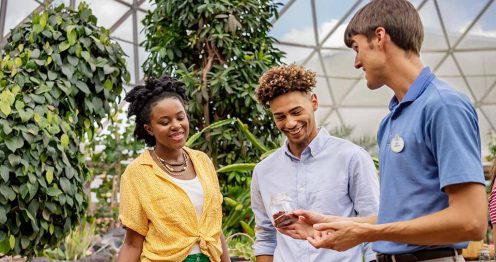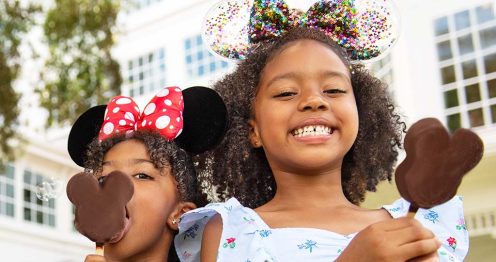12 Surprising Facts Behind Walt Disney World® Resort’s Conservation Efforts
Updated June 22, 2023

From safaris that take you up close and personal with savanna wildlife to under the seas adventures with Nemo & friends, Walt Disney World® Resort is a place for families to experience the magic of nature. But protecting our planet’s animal species and natural resources isn’t all hakuna matata. As Walt Disney himself once said, “it’s a matter that concerns all of us.”
As part of what they call Disney Planet Possible, Disney is taking action to make a happier, healthier planet possible for all. That includes reducing their environmental footprint, caring for wildlife and their habitats, and creating stories that inspire action. Here’s a glimpse of just a few of the amazing ways Disney is caring for our “small world.”
1. Disney supports raising, releasing and conserving butterfly species
Almost a third of the foods we eat come from plants that depend on pollinators like butterflies. Disney is committed to protecting wildlife and their habitats globally, including butterflies that call Walt Disney World® Resort home. To date, members of Disney’s Animals, Science and Environment have supported and recorded more than 70 butterfly species living in native plant pollinator gardens across the resort’s property. The Disney Conservation Fund also supports the University of Florida’s work to restore butterfly habitats and raise and release threatened species back into the wild. Together, UF and the Disney Conservation team have raised and released more than 6,000 Atala butterflies, 10,500 endangered Miami blue butterflies and nearly 1,000 endangered Schaus’ swallowtail butterflies!
2. Walt Disney World® Resort is adding sustainable features across the park
Cast Members at Guardians of the Galaxy: Cosmic Rewind wear costumes designed and created from sustainable materials, with 70% of each uniform’s base fabric made from recycled content. Cast Members around the Disney park even don aprons made from recycled plastic water bottles, each of which keeps 50 plastic bottles out of landfills.
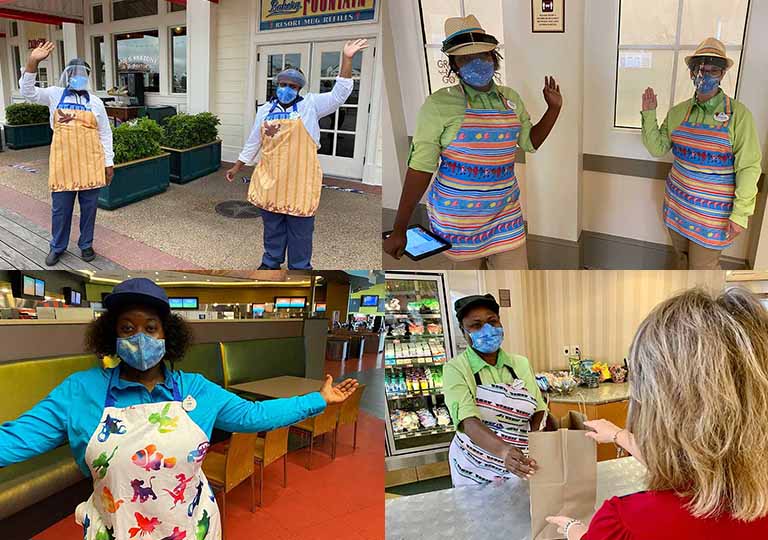
3. Disney is committed to renewable energy
A Mickey-shaped solar facility located near EPCOT® provides power toWalt Disney World® Resort. In addition to the 57MW facility near SR-429, two upcoming additional solar facilities are projected to bring the resort’s renewable energy consumption up to nearly 40% of its annual total power use.
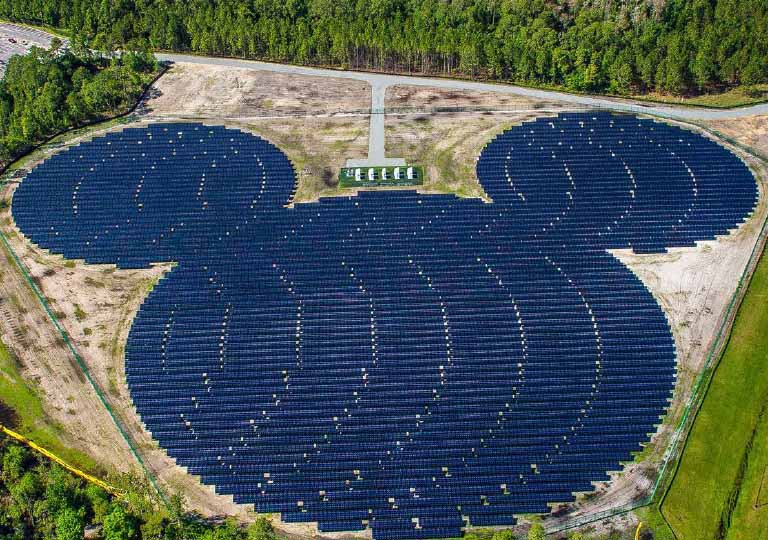
4. The Disney Conservation Fund helps preserve Earth for generations to come
Through support from Guests and The Walt Disney Company, since 1995, the Disney Conservation Fund has directed $125 million to save wildlife across 120 countries and has inspired millions of people to take action for nature in their communities. This year, the fund expanded its legacy in honor of Disney’s Animal Kingdom’s 25th anniversary.

5. Animals enjoy visiting Walt Disney World® Resort, too
Nearly a third of Walt Disney World® Resort (more than 8,000 acres!) has been permanently set aside for wildlife conservation. More than 200 bird species live at Walt Disney World® Resort, including purple martins. These small songbirds travel more than 6,000 miles from Florida to South America and back each year to raise their young! Members of Disney’s Animals, Science and Environment help create homes for these birds and track their migratory patterns and health.
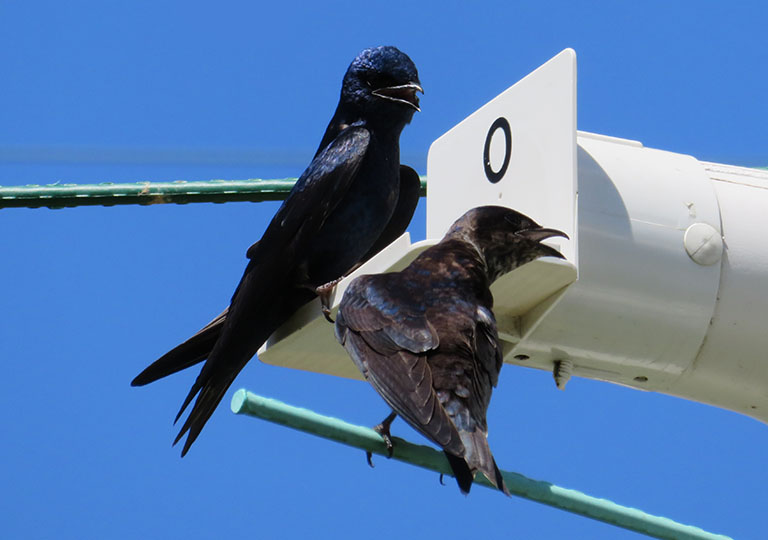
6. Dining on seafood at the parks? It’s sustainable
Walt Disney World® Resort is committed to minimizing its impact on the ocean by sourcing environmentally responsible seafood according to Monterey Bay Aquarium’s Seafood Watch recommendations. Since 2022, all U.S. parks, resorts and cruise lines have sourced nearly 100% sustainable seafood.
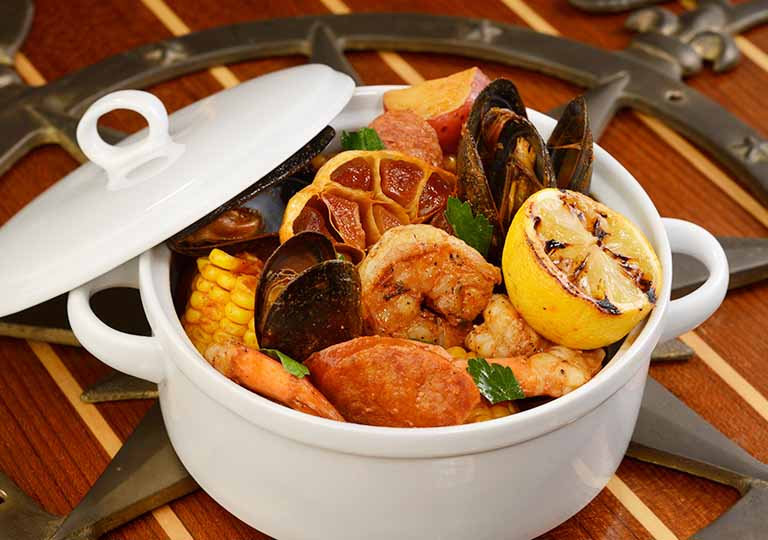
7. Rhinos born at Disney parks help species around the world
The success of the white rhino breeding program at Disney’s Animal Kingdom® Theme Park is a major achievement for Disney’s animal care experts and the white rhino population in managed care. The herd, or “crash,” allows Disney to learn more about this incredible, near-threatened species, and these learnings can benefit rhinos worldwide. In November, 2021, the 13th white rhino was born at Walt Disney World® Resort, which is incredible news for the conservation of this near-threatened species.
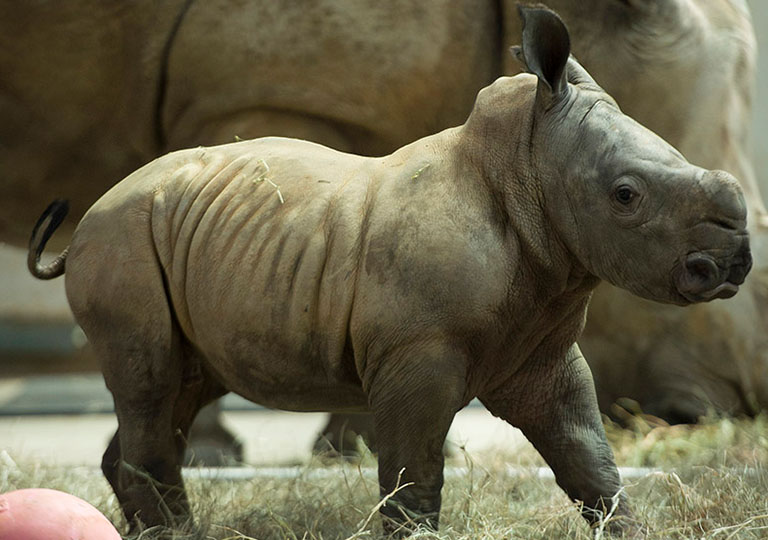
8. Disney experts provide critical care for sea turtles at The Seas with Nemo & Friends and in the wild.
Following injury in the wild, more than 300 endangered sea turtles have been nursed back to health by Disney’s animal care experts and returned to the big blue ocean. The Disney Conservation team also recently celebrated its 20th year of sea turtle conservation efforts at Disney’s Vero Beach Resort, a Disney Vacation Club Resort where they have recorded more than 20,000 sea turtle nests that resulted in 1.5 million sea turtle hatchlings to date.
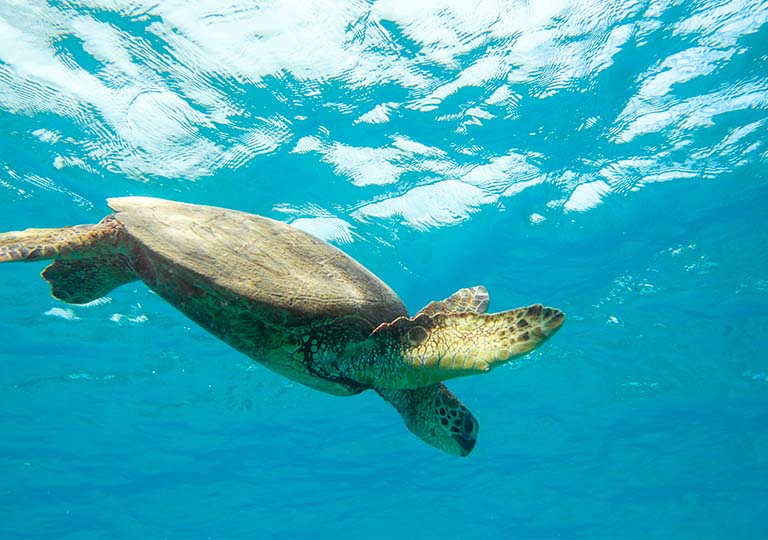
9. The Walt Disney Company has reduced plastic waste worldwide
In 2018, The Walt Disney Company eliminated single-use plastic straws and stirrers at all locations around the globe. That’s a reduction of more than 200 million straws and stirrers annually! Moving forward, Disney parks will focus on further reducing single-use plastics in all areas.
10. Bees have acres and acres of welcoming habitats
Florida is home to more than 300 species of bees, which enjoy time at Walt Disney World® Resort like so many other guests each year! Disney’s Animals, Science and Environment continues to support native plant gardens for bees and other wildlife across property and recently won an award recognizing research and contributions to pollinators at the large-scale pollinator habitats at Walt Disney World®. In the past two years, the team even inspired more than 800 Disney VoluntEARS to plant backyard habitats in support of monarch migrations across the U.S.
11. Disney parks protect and preserve African elephants
Since 1995, Disney has helped protect elephants across their habitats in Africa and Asia by supporting nonprofit organizations through the Disney Conservation Fund and providing expertise from its Disney’s Animals, Science and Environment cast members. The elephant herd at Disney’s Animal Kingdom® Theme Park has even helped scientists learn about elephant communication and behavior, which has supported conservation efforts in the wild!
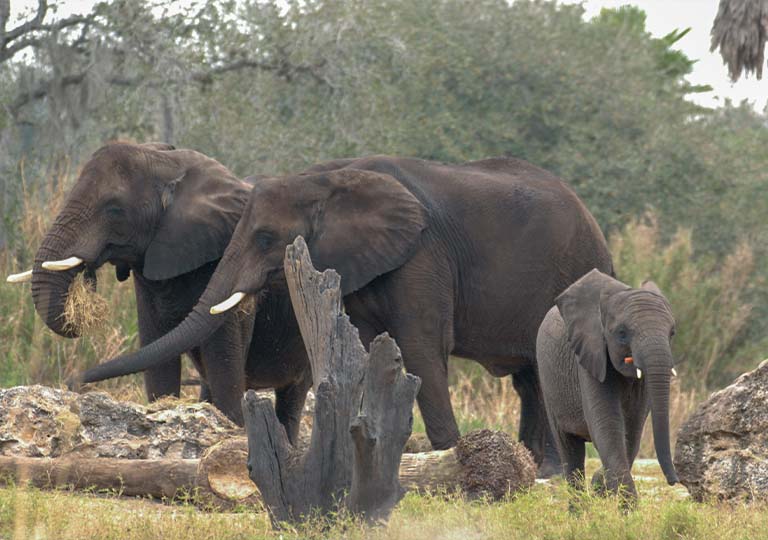
12. Disney is aiming for zero waste to landfill by 2030
As part of a company-wide pledge to achieve zero waste sent to landfills by 2030, Walt Disney World® Resort is reducing food waste with a commitment to the U.S. EPA’s Food Loss and Waste 2030 Champions challenge. That means less waste of the resources that go into growing, harvesting, packaging and transporting the food served at Walt Disney World® Resort.
Learn more about conservation by visiting Disney’s Animal Kingdom® Theme Park. And don’t forget to use your Disney® Visa® Credit Card to unlock special savings—like 15% off the non-discounted price of Wild Africa Trek—and get special vacation financing when you book your next vacation package!000

